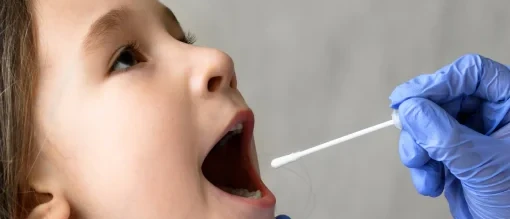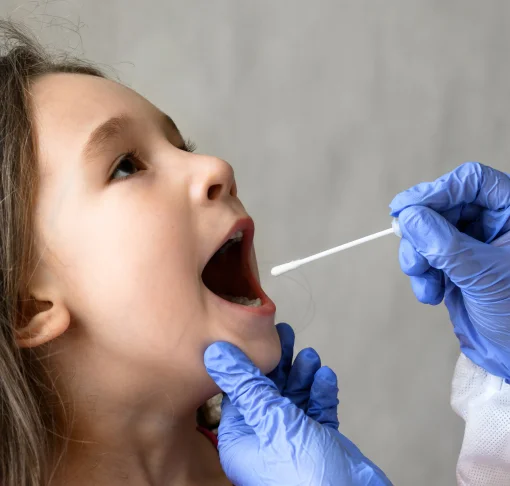The Big Question: Passive Contamination or Active Use?
When a hair drug test shows a positive result for cocaine, the immediate question is often: "Was this drug actively consumed, or could environmental contamination explain it?" or “Could the drug result be due to false positive drug test results due to external exposure?”
It’s a valid concern. Cocaine is a highly static substance—it can transfer easily from one surface to another. Shared spaces, personal contact, or even handling contaminated items can result in trace amounts of cocaine appearing in hair strand drug tests or even under a person’s fingernails.
-
Surfaces: Drug preparation areas like countertops or tables can leave behind particles.
-
Close Contact: Sharing a pillow or bed with a cocaine user can lead to contamination.
-
Bank Notes: Studies suggest that over 80% of UK banknotes carry traces of cocaine, posing another potential source of environmental contamination.
Whether you're a legal professional preparing for court or an individual facing the results of a drug test using a hair follicle, this distinction matters. It can shape legal outcomes, influence decisions about family welfare or custody, and provide personal clarity.
In our upcoming CPD webinar, Understanding Hydroxycocaine in Hair Drug Testing, we’ll uncover how hydroxycocaine analysis brings clarity to this complex issue.
Definitive Metabolite of Cocaine: Why Legal Professionals Trust Hydroxycocaine Results
One of the main weaknesses of hair drug testing is the question of passive exposure of hair follicles to drugs being present in the external environment. The Society of Hair Testing and the scientific community have always raised concerns about possible false positive hair drug results due to external contamination factors. Let’s have a look at the science behind hydroxycocaine.
-
What is Hydroxycocaine?
Hydroxycocaine is a metabolite formed when cocaine is metabolised by the human body, primarily via the cytochrome P450 (CYP) enzyme system in the liver, specifically CYP3A4. In this process, an oxygen atom is introduced into the cocaine molecule by CYP3A4, forming hydroxycocaine as a metabolite. -
Why Does It Matter?
Unlike cocaine and some other metabolites such as benzoylecgonine, which can settle externally on hair or nails, hydroxycocaine is highly unlikely to transfer passively. Its detection in a hair strand drug test UK or drug testing nail clippings in a conclusive indicator of active use.
For professionals, when it comes to both adults and children getting tested, this distinction provides clarity where uncertainty might otherwise undermine confidence in results.
Case in Point: K (2020)
The question of drug external exposure and contamination is raised almost in 99.9% of the care proceeding cases, especially when children's welfare is investigated.
The landmark case K (Threshold - Cocaine Ingestion - Failure to Give Evidence) [2020] EWHC 2502 (Fam) highlights the devastating consequences of cocaine ingestion and the complexities surrounding contamination versus active use in hair drug testing.
In this case, the court extensively examined whether cocaine detected in the child’s hair sample drug test was due to passive environmental contamination or direct ingestion. Despite thorough analysis, the discussion remained clouded by uncertainty around the origins of the drug exposure. The question experts also raised significant concerns about the potential exposure to the child in this case to external factors that may lead to false positive results.
The Hydroxycocaine Difference:
If hydroxycocaine analysis had been employed in this case, much of the debate could have been avoided. Hydroxycocaine, being a metabolite produced when cocaine is actively ingested and metabolised by the body, would have provided further clear evidence, a definitive marker of ingestion.
This case underscores the vital role that advanced testing methodologies like hydroxycocaine detection play in reducing ambiguity and ensuring accurate, reliable conclusions in both legal and personal contexts.
For professionals and individuals interpreting hair strand test for drug results, this serves as a powerful example of why hydroxycocaine testing is becoming the gold standard in contested cases.
What Professionals Will Learn in The AttoLife Webinar
In our CPD session, you’ll gain essential insights into:
-
The science behind hair follicle drug screen test and hydroxycocaine detection.
-
How AttoLife can help you to differentiate external exposure from active ingestion in drug test hair results.
-
Practical applications from landmark cases like K (2020).
Whether you're reviewing a hair sample drug test report, dealing with drug testing hair disputes, or navigating a nail drug test scenario, this session will provide clarity and confidence.
Who Should Attend?
This session is designed for:
-
Family Law Solicitors
-
Local Authorities
-
Individuals Seeking Clarity About Drug Test Results
Whether you're presenting evidence in court or trying to understand your own hair follicle drug test results, this webinar will equip you with the knowledge to interpret findings accurately.

